Classical music in Ghana
By Dr. Godwin Kwafo Adjei
This paper traces the origin of classical music in Ghana, its exponents, as well as orchestras and institutions noted for promotion of the genre. It also considers the genre’s genesis and its relevance.
Art or classical music in Ghana can be categorized into two main divisions: choral, the more popular form; and orchestral. The relatively higher popularity of choral art music in Ghana is widely attributed to the introduction of western hymnody by Christian missions in the 19th century and beyond. The missionaries’ indiscriminate suppression of indigenous musical forms in favour of their hymns is partly responsible for the dominance of Western choral musical styles in Ghana (Dor 2005; Agawu 2003; Omojola 2001; Nketia 1974).
Key figures
What is currently labeled as Ghanaian art music is generally credited to Ephraim Amu’s pioneering indigenization work dating back to the 1920s (Dor 2005; Agawu; 1994; Nketia 2004). Ephraim Amu[i] revolutionized choral features distinct from its precursor, Western hymns and anthems. Amu’s pioneering emphasis on the adoption of the simple duple time, often with triplets, for all his African works—his emphasis on speech rhythm; on the relative lengths of words and syllables as key determinants for the relative values of notes to which they are assigned; and also on the construction of choral melodies as direct reflections of the speech contours of the songs—galvanized this revolution of what has since become Ghanaian choral or classical music. Amu’s works not only revolutionized choral and classical compositions but also instrumental works, such as piano pieces that are composed with the intent to either reflect or accompany text (Dor 1993; Agawu & Amu 1987).
Names that readily come up include Dr. Ephraim Amu, Emeritus Prof. J. H. Kwabena Nketia, Dr. Danso Abiam; Late Rev. Otto Boateng, B. G. Kwami, I. D. Riverson, R. O Danso, Atta Anan Mensah, E. K. Aggor. N. Z Nayo, S. G Boateng, J. M Dosoo, R. K. Ndo, J. T. Essuman, Archbishop J. K. Amissah, Kwesi Baiden and Adu Safo.
The pioneering effort of Ephraim Amu helped to provide the foundation for the emergence of younger Ghanaian composers who have, in various ways through their works, contributed to the growth and sustenance of Ghanaian Art Music. Many of these composers are trained within a predominantly European system of music education and are musicologists or ethnomusicologists who have combined a career in composition with strong academic interest in music. Examples include the renowned African ethnomusicologist J.H.K. Nketia, Ata Annan Mensah, N.Z. Nayo, Gyimah Labi, Otto-Boateng, A. Amissah, Adu Safo, Eric Nyarko, Kenneth Kafui and William Anku, among others (Agordoh, 2011:34).
J.H. Kwabena Nketia[ii] is described as the natural successor to Amu as Ghana’s leading composer. His musical career is distinguished by a desire to compose anchored on a thorough study and investigation of traditional African music.
In terms of style and direction, Amu’s vision continues to influence the work of composers, most notably in the integration of European and African musical elements.
Institutions promoting classical music
A variety of institutions are noted for the promotion of art music in Ghana. Among these are The Ghana National Symphony Orchestra[iii] (founded in 1959); educational institutions such as school and college choirs; choirs of Protestant churches; youth choirs; and contemporary art musicians.
Others are the security agencies. These include Police and Army Bands, the Customs Service, the Fire Service, and the Prisons Service Bands (Nii-Dortey & Arhine 2010). For the most part, these institutions perform during Christmas and Easter seasons; at school and college singing competitions; and above all at the inauguration of newly elected presidents, independence anniversaries and Republic Day celebrations.
Essentially, all choral compositions in Ghana have reflected Amu’s basic principles, though with some noteworthy innovations - including Nketia’s transformational technique for his solo and piano duets (Nketia 2004) and African pianism by Gyimah Larbi (Larbi 1994) and Akin Euba (Omojola 2001). Changing industry trends, coupled with economic challenges, are pushing the Ghanaian music industry to conform to global standards in order to be successful. The industry is however fraught with numerous challenges that need to be addressed to make it more attractive to up and coming young contemporary artists.
References
- Agordoh, A. A. (2004). The Music of Amu and Nayo. Royal Gold publishers Ltd, Madina- Accra, Ghana.
- Agordoh, A. A. (2011). The Development of Church Music in Ghana. Sundel Services, Accra, Ghana.
- Agawu, K (2001). African music as text. Research in African Literatures, vol. 32 No 2:3-7. Bloomington: Indiana University Press.
- Agawu, K. (1996). The Amu legacy: Ephraim Amu 1899-1995.Africa: journal of the international African Institute, Vol 66, No, 2: 274-279.
- Agawu, K. and E. Amu (1987). The making of a composer. Black Perspectives in Music, Vol. 15, No. 1: 51-63).
- Nii-Dortey, M. and A. Arhine (2010). The performing arts and the post-colonial Ghanaian experience: the Ghana National Symphony Orchestra in perspective. Research Review, Vol. 26, No.1: 37-60.
- Collins, J. E (2002) West Africa. The Ghanaian music industry: a quarter century of problems.







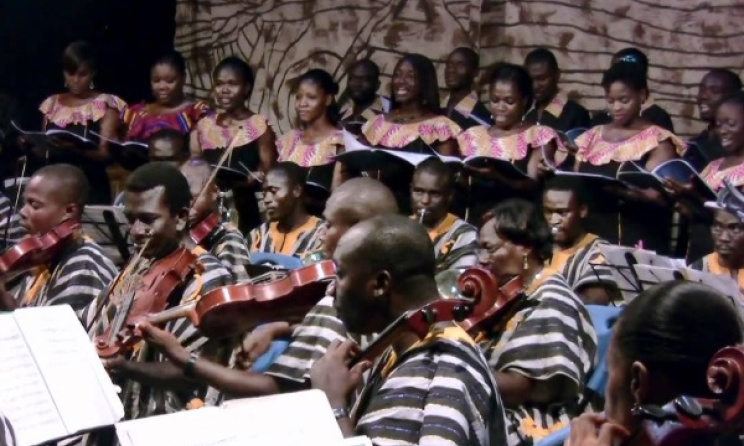


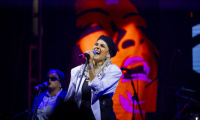




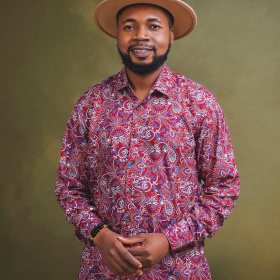


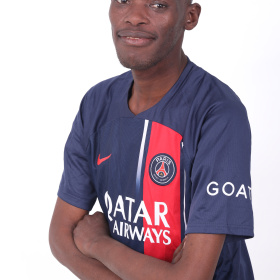
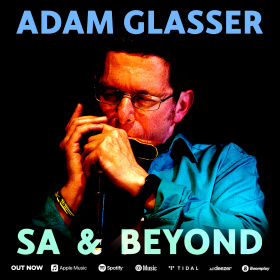


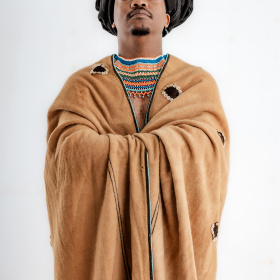

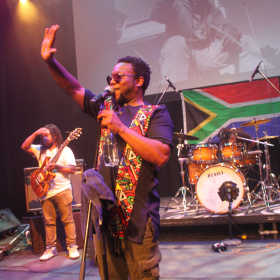

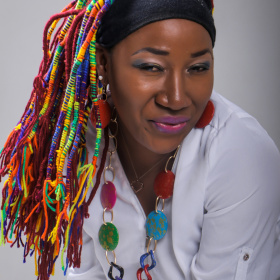

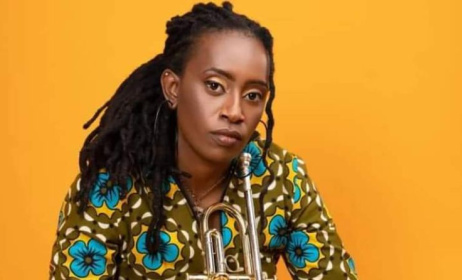

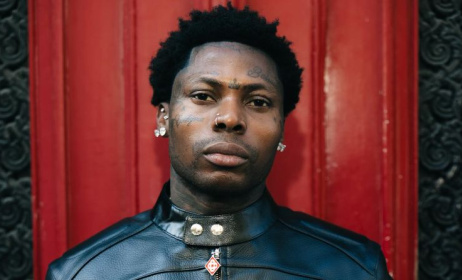
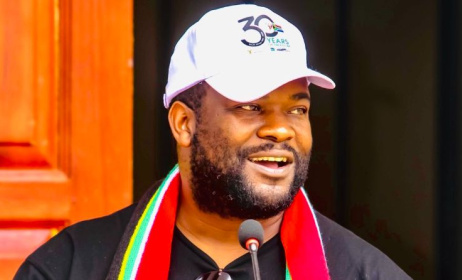


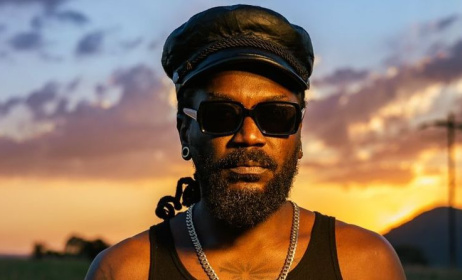
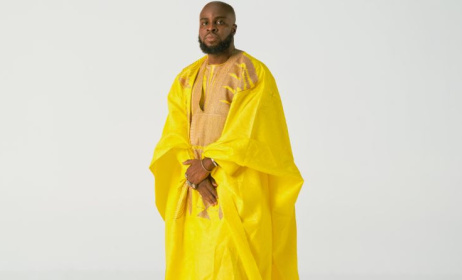
Comments
Log in or register to post comments